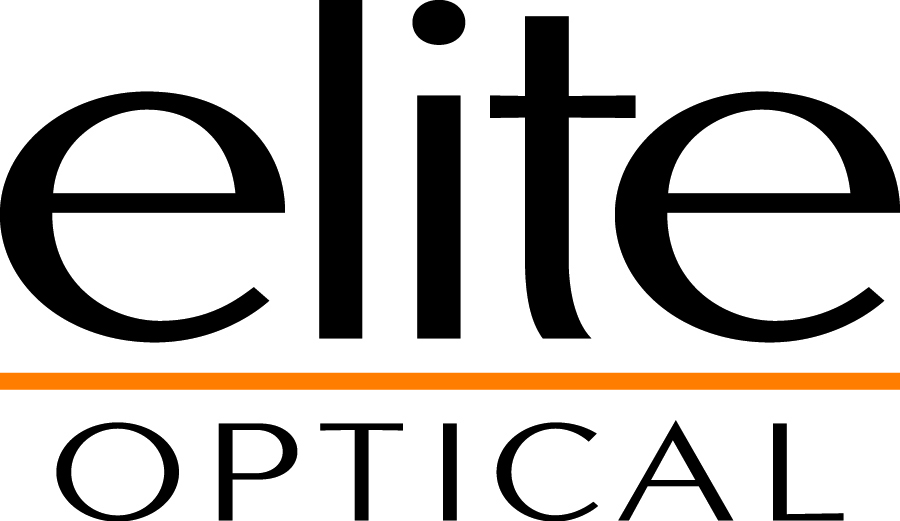When it comes to achieving crisp, comfortable vision with contact lenses, a contact lens fitting is more than just a formality—it’s an essential step in protecting your eye health. Unlike glasses, contact lenses sit directly on the surface of your eye. This means they need to fit properly to maintain comfort, clear vision, and overall eye health. A poorly fitted lens can cause dryness, irritation, blurry vision, or even more serious eye conditions over time.
A contact lens fitting ensures that your lenses not only correct your vision but also match the unique shape, size, and moisture level of your eyes. Every eye is different, and even subtle differences can significantly impact how well a contact lens performs.
What Happens During a Contact Lens Exam?
Your journey to contact lenses begins with a comprehensive contact eye exam. During this appointment, your eye doctor will perform a detailed assessment to ensure your eyes are healthy enough for contact lenses. This includes checking for conditions like dry eye, corneal irregularities, or any signs of eye disease that might affect your ability to wear contacts safely.
The doctor will also determine your precise prescription for contacts, which can differ slightly from your glasses prescription. After the general eye health evaluation, the focus shifts to fitting you with lenses that meet your visual and lifestyle needs.
The Fitting Process: Step-by-Step 
Here’s what you can expect during your contact lens fitting:
1. Eye Measurements
Your doctor will measure the curvature of your cornea using a special instrument called a keratometer. In some cases, more advanced corneal mapping may be done to get a detailed image of your eye’s surface. These measurements help determine the best size and shape of contact lens for your eye.
2. Tear Film Evaluation
Healthy tears are crucial for contact lens comfort. Your tear film will be evaluated to ensure that your eyes produce enough moisture to support contact lens wear. If dryness is a concern, your doctor may recommend specific types of lenses designed for dry eyes.
3. Lens Trial and Evaluation
You’ll be given a pair of trial lenses based on your measurements and prescription. After placing the lenses, your doctor will assess how they fit and how well you see. Adjustments may be made in the lens brand, material, or size to optimize comfort and clarity.
Follow-Up is Key
Fitting doesn’t end with your first visit. You’ll usually have a follow-up appointment to ensure the lenses continue to fit well and your eyes remain healthy. Small tweaks might be needed to fine-tune your experience.

